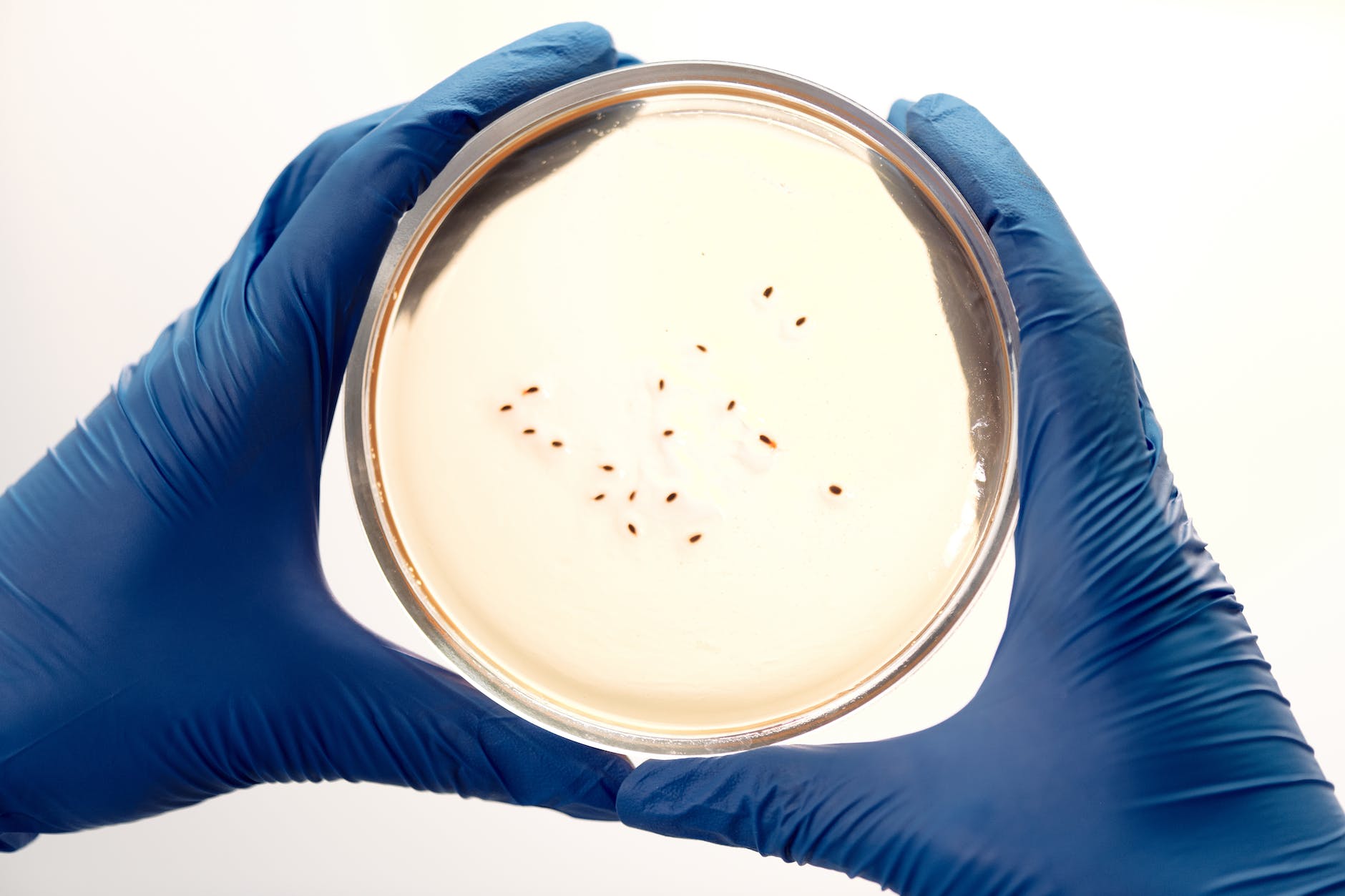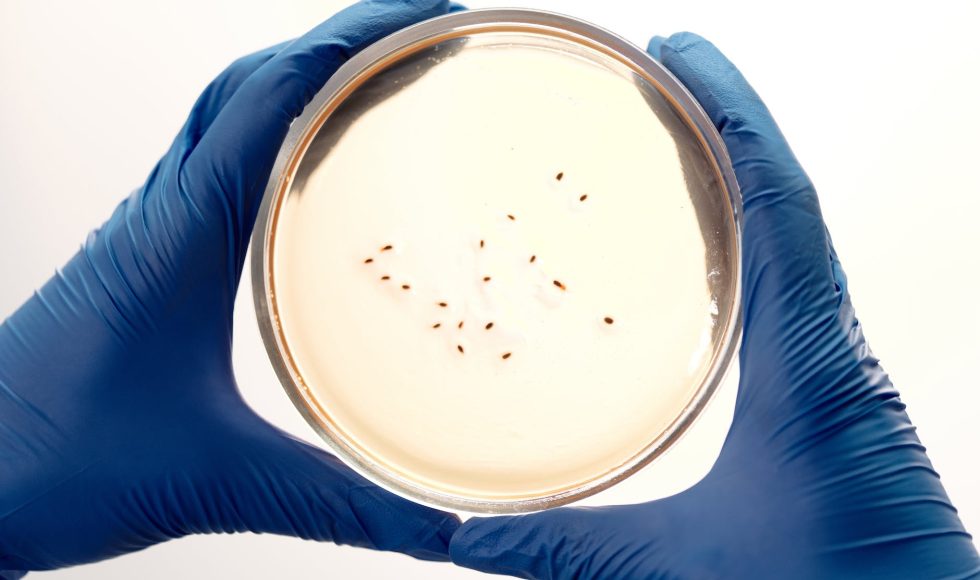Tonight I watched an ASMCUE session by Jenna E. Smith, Assistant Professor of Biology and Millikin University. I had watched this session earlier this summer. I remember being excited and intrigued. The activity Smith designed was to teach resting membrane potentials. This activity has been used in Smith’s anatomy and physiology course. Students must know electrochemical gradients, diffusion/osmosis/facilitated diffusion, leak channels, and sodium potassium pumps. Smith uses a handout for sodium potassium ATPase and sodium and potassium channels. Smith uses orange and green M&Ms for the demo. The quality of the document camera video of how the candy was put on the handout of the membrane was impressive! Smith helps student understand membrane potential by having participants move colored candies from one side to the other of the membrane diagram on the paper. This activity combines guided learning with tactile manipulatives. It was easy for me to follow Smith’s instructions and the document camera feed. I wonder if we could do something along these lines for some concepts in genomics and sequencing? Returning to the title of the session: “A Structured Inquiry Activity for Teaching Membrane Potential,” Smith truly uses a structured set of questions and the protein structures to emphasize the dynamic nature of this process.
Next, I watched the “BIOTECH Pathways Workshops: Engaging High School Students and Their Families in Biotechnology” recorded session by Jaclyn Madden, Breonna Martin, and Susan Walker from Harford Community College. The BIOTECH Pathways program is funded by the NSF to help students go from high school to the Harford Community College to biotechnology careers or obtain additional education at four-year institutions. The program has several outreach activities for high school students and teachers. Their teacher academy supports students and teachers to learn biotechnology techniques and careers. Walker explained that their 1.5 hr workshops for high school students and parents/guardians helps introduce biotechnology concepts and provide exposure to laboratory techniques. For example, students and their parents use pipettes and learn about internships. Walker also explained that research by Gibbons, Border, Wiles, Stephan, and Davis 2006 highlights the importance of including families. Assessments have indicated gains in awareness of techniques and career opportunities. Martin shared findings and encouraged further discussion.



